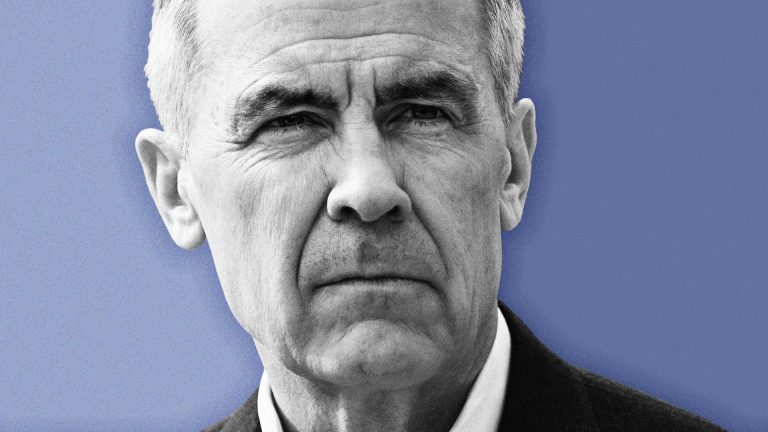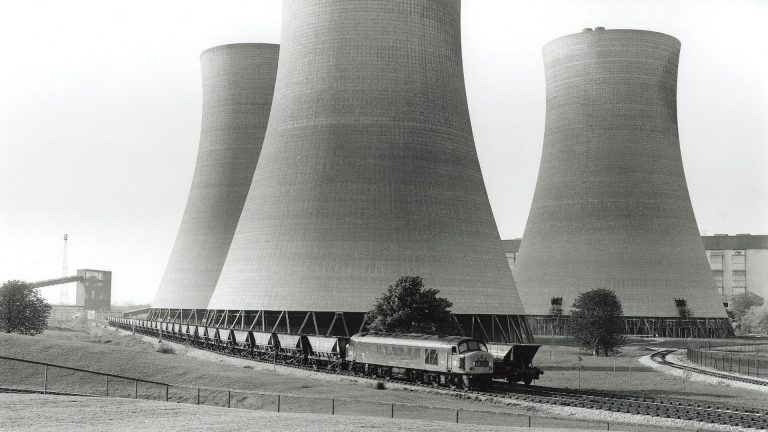
The Polish capital is freighted with a traumatic past but musically that has never held it back, says Sophia Deboick
In the last century, Warsaw became a byword of bleakness and destruction. A city completely levelled by the Nazis after the failed Warsaw Uprising of the summer of 1944, in its communist era it was synonymous in western Europe with urban ugliness and chronic want. The British musical innovators of the 1970s looked upon these associations hungrily. Joy Division adopted ‘Warsaw’ as both their original name and the title of their abortive eponymous 1977 debut album. David Bowie’s ominous Warszawa of the same year was inspired by a brief stop-off during a train journey from Zurich to Moscow the previous summer when he bought some Polish folk records – the wailing vocals from folk troupe Slask’s Helokanie turned up wholesale on the song. But while the Polish capital has undoubtedly been well acquainted with a harshness that outsiders have fetishised, it has also been a place where self-expression has repeatedly defied the vagaries of history.
Warsaw has been a city of refined cultural sensibilities for at least 400 years. A highly cosmopolitan class of magnates and aristocrats formed their own spheres of cultural influence, employing all manner of musical performers in their castles, while Polish royalty patronised the arts with enthusiasm. In the early 17th century King Zygmunt III, the man responsible for moving the Polish capital from Kraków to Warsaw, had an Italian commedia dell’arte troupe resident at his court in the city’s Royal Castle. He also commissioned the Italian baroque composer Tarquinio Merula to write an operatic piece that was performed in Warsaw in 1626, 10 years before opera kicked off in earnest in Venice.
In the next decade Zygmunt’s successor W?adys?aw IV founded a royal opera company, while a musician of his court, Piotr Elert, produced the first Polish opera, La Fama reale ovvero il principe trionfante Ladislao IV. Rather later, Stanis?aw Augustus, the last monarch of the Polish-Lithuanian Commonwealth, had performances of Mozart’s operas The Abduction from the Seraglio and Don Giovanni put on for him in Warsaw in the 1780s only shortly after their premieres and well before they appeared in other major European capitals.
Early in the next decade, a child would be born in a country village 30 miles west of Warsaw who would define Polish musical genius for all time. Chopin is everywhere in Warsaw, the city where he was brought up and educated. High-tech benches at sites associated with him all over the city fill the air with his music at the touch of a button, while his birthplace at Zelazowa Wola, central Warsaw’s Ostrogski Palace (home of the Chopin Museum, recently revamped with European Regional Development Fund money), and the Art Deco Chopin monument in ?azienki Park are all major tourist draws. The concerts held at the monument throughout the summer, the annual Birthday Concert given by the Warsaw Philharmonic on March 1, and the quinquennial International Chopin Piano Competition are major events on the Warsaw musical calendar.
Yet Chopin never set foot in Warsaw after the age of 20. He left for Vienna in early November 1830 and before the month was out Warsaw had exploded in revolutionary fervour against the Russian imperial authorities.
Many educated Varsovians like him were marched out of the city to exile in Siberia, never to be seen again, and the fall of his beloved city inspired him to write the tumultuous ‘Revolutionary’ Étude in C-minor. But his heart would always belong to Warsaw, figuratively and literally. After succumbing to either pericarditis or the disease of the Romantics, tuberculosis, in his adopted Paris in 1849, his eldest sister smuggled the composer’s heart preserved in a jar of cognac into Poland in fulfilment of his deathbed wish. Thirty years later it would be interred at Warsaw’s church of the Holy Cross where it remains as a symbol of Polish national pride.
As Warsaw again suffered subjugation in the next century, Holy Cross was blown up by the Nazis and Chopin’s heart only survived by being hoarded as a potential spoil of war by high ranking German officers and then hidden by priests. The monument in ?azienki Park was melted down and only restored in 1958. But composers continued to work in the city at that moment of crisis and, like Chopin, would be inspired by Warsaw’s suffering.
Ludomir Rózycki, a member of the modernist Young Poland movement, had worked prolifically from the city in the early part of the century, including writing the first internationally successful Polish ballet, Pan Twardowski (1921). After facing Gestapo interrogation, he fled occupied Warsaw in 1944, but not before burying the score of his recently-composed Violin Concerto – a piece infused with a defiant optimism – in a suitcase in his garden.
Discovered and handed to the authorities after the war, the score lay in an archive for decades before it received its first performance earlier this year. Meanwhile, W?adys?aw Szpilman, the pianist whose memoirs would be made into a Polanski blockbuster, survived the war by playing in the cafés of the Warsaw Ghetto and then hiding in the crumbling city, still continuing to compose and to play when he could.
Varsovians rebuilt their city brick by brick after the war. Warsaw’s historic Old Town was painstakingly reconstructed using views of the city painted by Canaletto’s nephew as a blueprint. But as Stalin’s terrifyingly monolithic ‘gift’ to Warsaw, the Palace of Culture and Science, pierced the skyline like an anaesthetising needle after the war, a cultural stranglehold gripped this Soviet satellite state.
In 1982, at a time when Solidarnosc was banned, Poland was under martial law and Lech Wa?esa was in prison, one of Poland’s best-loved rock bands emerged. Lady Pank, originating from bohemian Wroc?aw and heavily influenced by The Police, made their live debut at the Warsaw School of Economics’ student bar that year. Their track Moje Kilimandzaro (My Kilimanjaro) from their debut album referenced the club, but they came to prominence with their second single, Mniej niz zero (Less Than Zero), from 1983, a catchy slice of post-punk pop which got some traction on MTV in its English language version. Twenty years later, and established as the elder statesmen of Polish rock, their No.1 hit Stacja Warszawa (Warsaw Station) painted a wistful picture of life in the Polish capital.
Since the fall of communism and joining the European Union in 2004, Warsaw has been the centre of a music scene that is extraordinarily comfortable with avant-garde experimentation and that has used music as a means to explore the tragedies of the country’s past. One of the most acclaimed Polish bands of the 2000s, the Warsaw Village Band have made it clear that music is an international language, with Indian, Iranian and Spanish members, but they also attempt to reclaim Polish folk music from its co-option under communism, using the distinctive open-throated singing of Polish mountain culture, bia?y g?os (white voice), and traditional instruments. Their second album, in 2002, was appropriately titled Wiosna Ludu (People’s Spring) and featured the symbolic image of a sunflower sprouting from the top of the Palace of Culture and Science on the cover.
Even Polish pop contains a strong streak of the avant-garde. Brodka, born in Zywiec in the Carpathian Mountains, won Polish Pop Idol in 2004 and has since made a startling change from standard pop starlet to electro alt-popper. Her chart-friendly, Fryderyk (the Polish Grammys) award-winning Varsovie (2012) was about her toxic relationship with the city she moved to as a young hopeful, saying “I fell in love with the city”, but concluding “I need to curse to talk about you”. Sounds from her mountain roots made for a fascinating collection of songs on her most recent album, Clashes (2016). As aesthetically ambitious as it was musically, the LP’s sinisterly beautiful lead single Horses was accompanied by a video set in a dystopian future which found the singer cast as a broken-down android amid imagery of molten metal and crash test dummies.
But at music’s most experimental edge, Poland’s new era has meant looking back rather than forwards. The band Lao Che from P?ock, 70 miles along the Vistula river from Warsaw, melded ska, punk and folk on Powstanie Warszawskie (Warsaw Uprising), a 2005 concept album which used poems, songs and speeches from the Uprising and received widespread critical acclaim. In 2014, Slovenian avant-gardists Laibach were commissioned by the Polish National Centre for Culture to produce an EP for the 70th anniversary of the Uprising. The result – 1 VIII 1944. Warszawa – was remarkable.
Laibach’s take on the Polish Home Army anthem Warszawskie dzieci (Warsaw Children), written by poet and Uprising fighter, Stanis?aw Ryszard Dobrowolski, and composer and post-war saviour of the Warsaw Philharmonic, Andrzej Panufnik, incorporated Chopin’s ominous Prélude No. 15 in D-Flat Major into a largely spoken word piece with an industrial underpinning. It appeared alongside the defiant Yiddish song Zog nit keyn mol (Never Say), written in the Vilnius Ghetto in response to the Warsaw Ghetto Uprising (Panufnik’s terrifyingly frenetic Tragic Overture was sparked by the same event). Along with a video for Warszawskie dzieci using clips from the visceral feature film Miasto ’44 (2014), this project was an unsentimental tribute to a defining event for the city.
While Warsaw is today at the musical cutting edge, its clubs as voguish as any in Europe and with a thriving techno scene, its past is still strongly present. But rather than hang heavy, that past has been taken as an opportunity to move in new directions.









